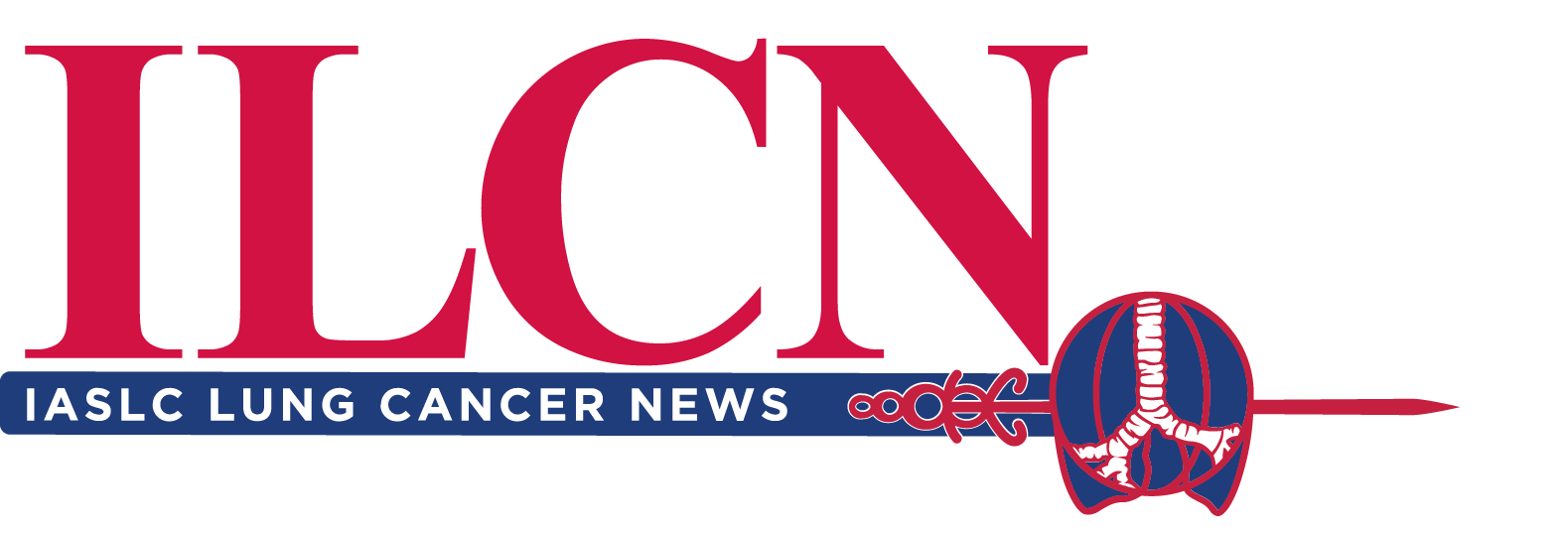The ongoing COCOON study of a prophylactic dermatologic regimen in reducing the incidence of skin- and nail-adverse reactions in patients treated with amivantamab plus lazertinib demonstrated “early success” in meeting its phase II primary endpoint, according to a March 27 presentation during the European Lung Cancer Congress (ELCC).
The one-to-one randomized study included 102 patients with EGFR-positive non-small cell lung cancer (NSCLC) receiving amivantamab plus lazertinib for first-line therapy. Enrollees followed standard dermatologic management, which included sun protective clothing and the application of sunscreen of SPF 30 or greater and the avoidance of alcohol-based topical agents with reactive topical corticosteroids and systemic antibiotics. The study arm also assessed the prophylactic measures of:
- Doxycycline or minocycline 100 mg twice daily during weeks 1-12
- Clindamycin topical lotion daily to the scalp during weeks 13-52
- Chlorhexidine 4% topical solution to fingernails and toenails daily for 12 months
- La Roche-Posay Lipikar AP+M moisturizer daily for 12 months

Representing the research team, Nicolas Girard, MD, PhD, Professor of Respiratory Medicine at Versailles Saint Quentin University, Paris Saclay Campus, outlined key results from the first analysis. These include:
- A two-fold reduction in dermatological adverse events (DAEs) that were grade 2 or greater (treatment arm vs. standard-of-care arm, 38.6% vs. 76.5%)
- A two-fold reduction in grade 3 DAEs (treatment arm vs. standard-of-care arm, 4.3% vs. 8.8%)
- A three-fold reduction in the number of participants who reported two or more grade 2 or greater DAEs (treatment arm vs. standard-of-care arm, 6% vs. 18%)
- Lower discontinuation rates of amivantamab and lazertinib due to adverse events (AEs) (treatment arm vs. standard-of-care arm, 11% vs. 19%)
Dr. Girard said the results indicate an overall tolerability benefit when implemented in coordination with the prophylactic regimen of SKIPPirr1 that reduces the incidence of infusion-related reactions (IRR) and the prophylactic regimen of PALOMA-2 and PALOMA-3, which cuts down on the incidence of venous thromboembolic events (VTEs).2,3
“We expect more patients to receive this combination, and the COCOON regimen should be implemented in clinical practice to improve the patient experience,” Dr. Girard said.
In his response, discussant Julien Mazières, MD, PhD, highlighted the importance of focusing on prophylactic treatment.

DAEs, in particular, can be regarded as unsightly by patients and can impact quality of life, said Dr. Mazières, who heads the Thoracic Diseases Department at Toulouse University Hospital, Toulouse, France.
While he said COCOON was an important trial with positive results, he pointed out several limitations and concerns, including:
- A lack of precise details for what the study considered standard dermatological care
- No direct comparison to MARIPOSA (amivantamab and lazertinib) for adverse effects greater than grade 3
- Concern that grade 2 adverse effects remain high at 39%
- Concern that the prescribed 200 mg dose of doxycycline exceeds the 100 mg standard dose used in some countries
- Concern that a 12-week duration of doxycycline (rather than the recommended 6-week regimen) could induce resistance to the antibiotic
The study continues with 201 patients enrolled. Dr. Girard indicated that the subcutaneous arm and additional prophylactic and reactive regimens are being evaluated. Further updates are expected at future scientific meetings.
References
- 1. Spira AI, Paz-Ares L, Han JY, et al. Preventing Infusion-Related Reactions With Intravenous Amivantamab-Results From SKIPPirr, a Phase 2 Study: A Brief Report. J Thorac Oncol. Published online January 24, 2025. doi:10.1016/j.jtho.2025.01.018
- 2. Scott SC, et al. Presented at: American Society for Clinical Oncology (ASCO) Annual Meeting; May 31-June 4, 2024; Chicago, USA
- 3. Leighl NB, Akamatsu H, Lim SM, et al. Subcutaneous Versus Intravenous Amivantamab, Both in Combination with Lazertinib, in Refractory Epidermal Growth Factor Receptor-Mutated Non-Small Cell Lung Cancer: Primary Results From the Phase III PALOMA-3 Study. J Clin Oncol. 2024;42(30):3593-3605. doi:10.1200/JCO.24.01001





